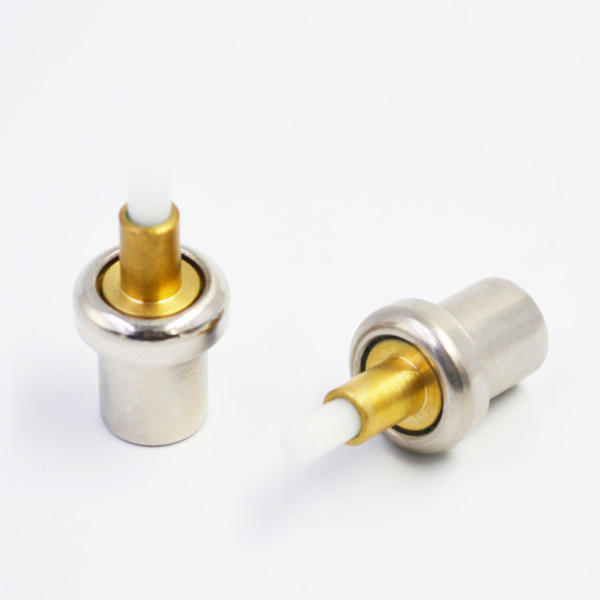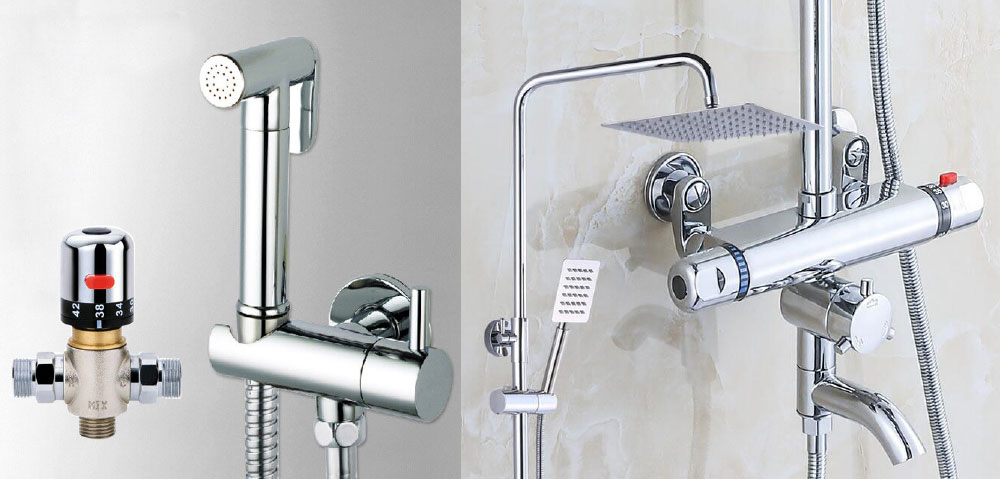In this paper, aiming at the problems of screw inserting machine based on Siemens S7-200 programmable controller, such as bumping suction head and inserting product, which often occur in the production process, under the condition of protecting the existing investment, the most economical and feasible solution to the existing problems can be provided for reference. As a typical small-scale automation equipment, the screw-inserting machine modified in this paper has been applied in manufacturing industry. It has replaced many repetitive and heavy manpower operations by supporting the production line in various fields. The screw inserting machine in this paper is based on the pneumatic system controlled by Siemens S7-200 PLC. The main object of control is the pneumatic circuit.
Now there are some problems in production: (1) screw sucker is often broken; (2) product is sometimes broken; (3) product testing pull is not enough. Considering the comprehensive situation of cost, construction period and original equipment, the transformation scheme is selected.
Maintain the original equipment parts, solve the above problems in the work, starting from the analysis of the original working process of the machine, pneumatic circuit, PLC control procedures. Workflow. The actuator of the original machine is: the feeding cylinder, the horizontal feeding cylinder, the vertical working cylinder and the front sucker of the cylinder. The detection device is the magnetic switch of the position of the cylinder.
The whole working process of the machine is divided into seven steps. The corresponding sequence relationship and corresponding action analysis are shown in Table 1. Pneumatic circuit. The original machine used two cylinders, the vertical cylinder 1 is an atmospheric cylinder, responsible for rapid drop in place, the vertical cylinder 2 is a small cylinder for inserting screw, responsible for material collection and inserting screw.

The front suction head of the small cylinder is made of copper, and the top suction hole is very small, only 0.
3 mm. Driven by the small cylinder, the small cylinder is responsible for both feeding and inserting screw.
The force of taking screw and inserting screw is the same as the distance of running.

When inserting screw, the downward movement must have certain strength to insert the screw into the predetermined position of the plastic product.
Because the vertical running distance of the screw is the same as that of the inserting screw, when adjusting the mechanical position, it is necessary to ensure not only the normal preheating (the descending position of the air cylinder is accurate), but also the position of the inserting screw (the descending position of the small cylinder), the appropriate speed and intensity. At the same time, it is also necessary to adapt to the need for screw removal, that is to say, the position of the cylinder should be precise, so that the descending position of the small cylinder can not be high from the feeding point, and the screw can not be sucked high, nor can it be low, and the impact suction head should be lowered. Mechanical adjustment is very difficult. The force requirement of material withdrawal and screw insertion is inconsistent, and there are deviations in mechanical position adjustment, manual screw placement, screw position caused by vibration of feeding cylinder in place.
When the heat suction head collides with the cold screw, it is easy to break the suction head, leading to the failure of the suction screw, which makes the machine unable to work. To solve this problem, industrial robots can be used to screw, but the cost is high and the original machine is completely abandoned. Stepping or servo motor driving screw can also be used to control, but the original pneumatic transmission and detection device need to be abandoned. In view of the comprehensive cost, construction period and original equipment status, it is proposed that the original two cylinders moving vertically should be changed into one cylinder, and the original control solenoid valve should be changed from two to three solenoid valves, while the other hardware remains unchanged.

PLC control program. After revamping the pneumatic circuit, adjust the control solenoid valve of the small cylinder, and modify the program part of the original working flow of the two vertical cylinders. The revised reference PLC control program is as follows. After adjusting the program and modifying the timing parameters of T39 and T40, the processing speed of inserting screw can be adjusted. Now the machine manufactured by this method can achieve flexible feeding without breaking the suction head, and can adjust the position, speed and strength of inserting screw at will without restriction of the feeding height.
At the same time, the dismantled short cylinder can also be used on hot riveting machine, hot press, etc. The retrofitted machine reduces the scrap rate of sucker from 1/31K to 1/1132K by using in Beijing and Guangzhou factories.
The qualified rate of products increases from 92% to 98%. It has low noise, fast and stable operation. Therefore, it has been widely popularized and applied in Beijing and Guangzhou factories. In addition, this control method has also been applied to manual hot press and riveting machine, and also achieved good results. The control method studied in this paper can be applied to similar equipment. It has the characteristics of low cost, thermostatic element long life, high stability and strong product adaptability. Because different solenoid valves and different time control are used for screw taking and screw inserting, it not only adapts to material taking, but also adapts to the need of screw inserting. Practice has proved that this control method not only guarantees that the suction head will not be damaged when taking the screw, but also guarantees the product quality when inserting the screw. It has certain popularization value in similar equipment.
